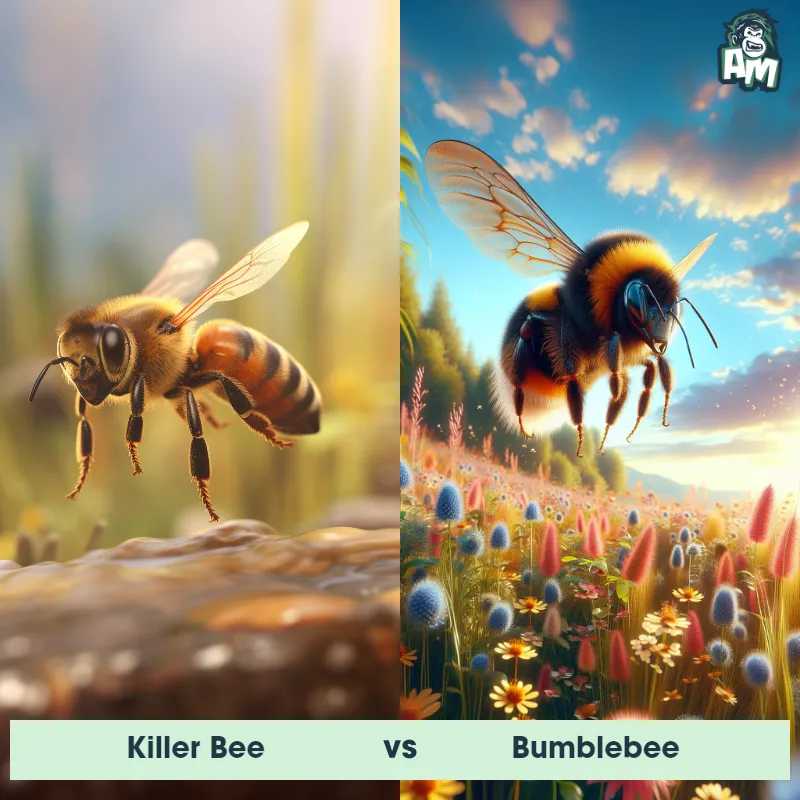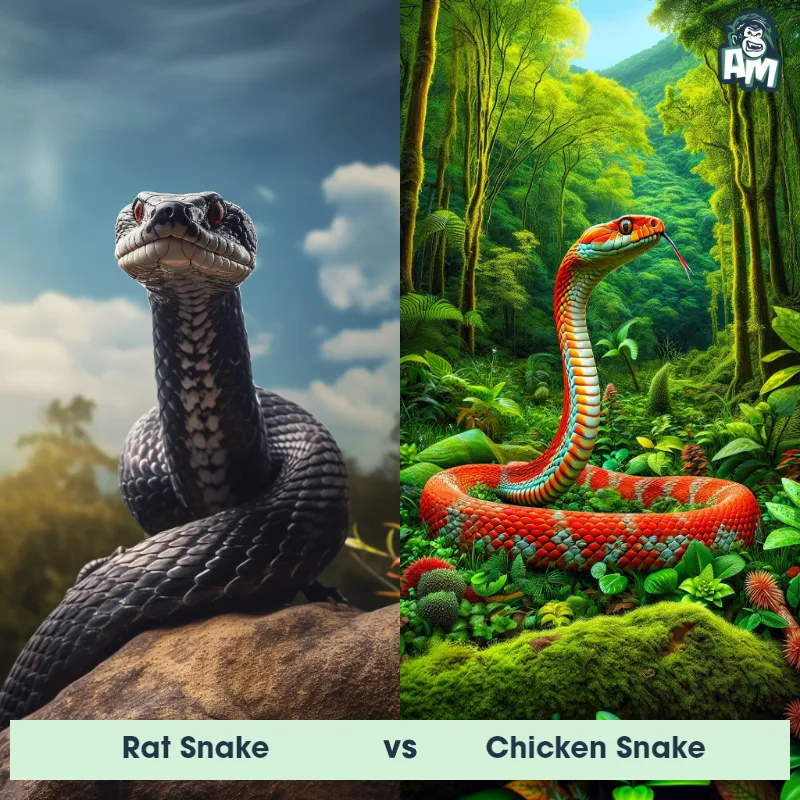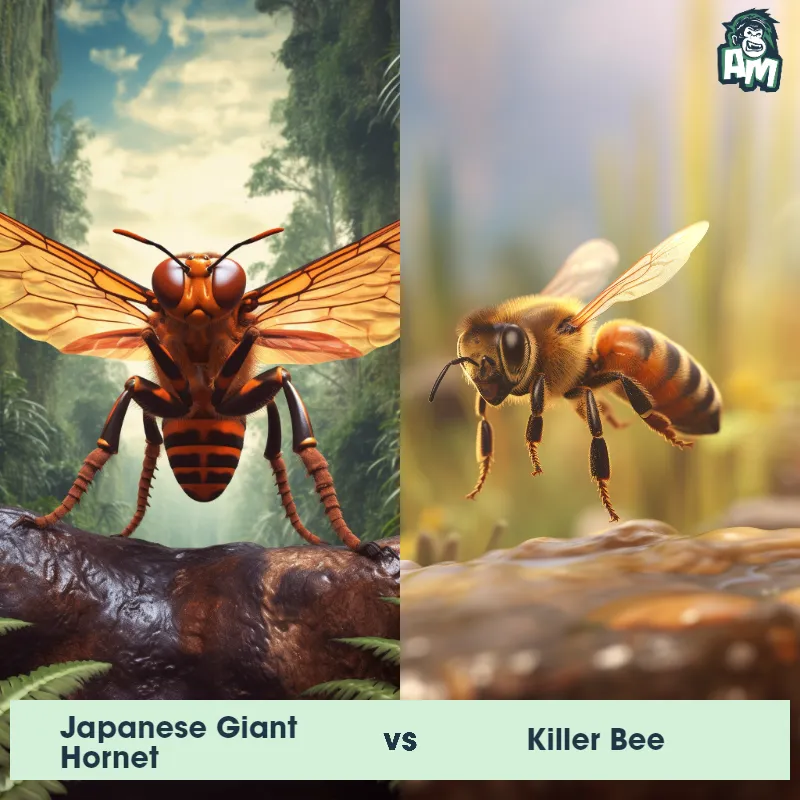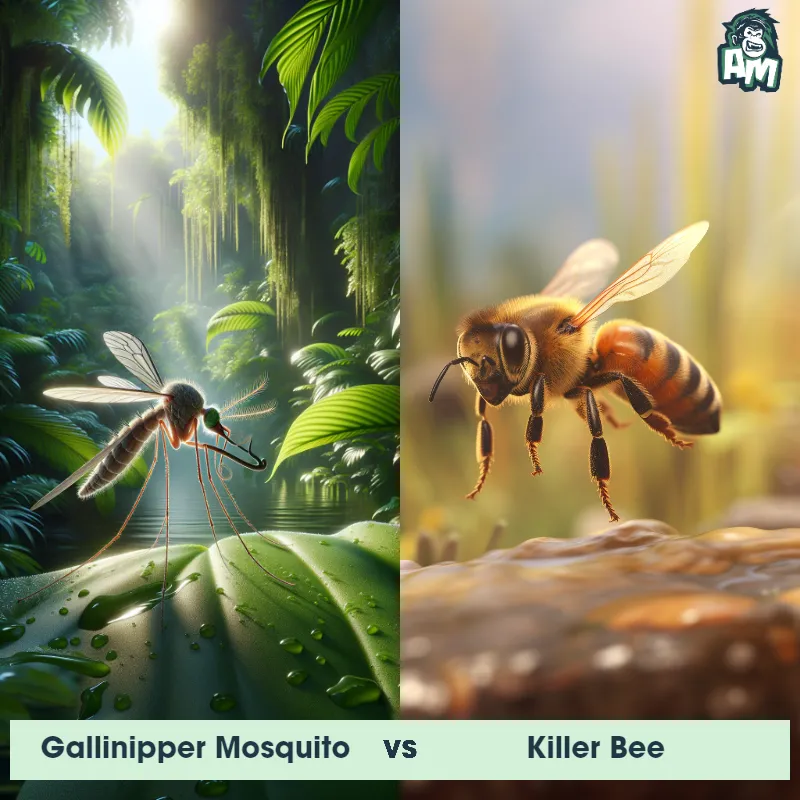Killer Bee vs BumblebeeSee Who Wins

Ladies and gentlemen, welcome to this thrilling matchup between two fierce opponents in the animal kingdom! We have a showdown tonight between a Killer Bee and a Bumblebee. Both of these buzzing creatures may be small in size, but don't let that fool you. They pack quite the sting! Get ready for an electrifying exhibition of aerial combat!
Contender 1: Killer Bee
The Killer Bee, also known as the Africanized Honey Bee, is a hybrid species of bee that was created by crossbreeding African honey bees with European honey bees. They are known for their aggressive behavior and tendency to swarm in large numbers. They have a distinctive appearance, with a slightly smaller body size than European honey bees, and darker coloration.
Fun Fact: Killer Bees are capable of chasing a person for up to a quarter of a mile if they feel threatened, and can sting multiple times in a single attack.
Contender 2: Bumblebee
The Bumblebee, known for its role as a pollinator, is a robust and furry insect that belongs to the genus Bombus, within the Apidae family. Typically, bumblebees have a plump body covered in dense hairs, in colors ranging from black and yellow to orange and white. They are known for their distinct buzzing sound during flight and their ability to hover and flutter around flowers. Bumblebees have a unique adaptation called "buzz pollination," where they vibrate their wings and bodies to dislodge pollen from flowers.
Fun Fact: Bumblebees are capable of flying in unfavorable weather conditions, such as rain, low temperatures, and strong winds, unlike many other insects that would opt to stay grounded.
Matchup Stats
| Killer Bee | Bumblebee | |
|---|---|---|
| Size | 0.5 inches (1.27 cm) | 0.4 to 1 inch (1 to 2.5 cm) |
| Weight | 0.1 grams (0.0035 ounces) | 0.07 to 0.18 ounces (2 to 5 grams) |
| Speed | Speed: 12 mph (19.31 km/hr) | 12mph (19km/h) |
| Key Strength | Ability to swarm and sting in large numbers | Agility and maneuverability in flight |
| Biggest Weakness | Vulnerable to smoke and cold temperatures | Vulnerability to predation due to their relatively large size and slower movement compared to certain predators |
Current Votes
Killer Bee vs Bumblebee
See Who Wins
View More Matches
Looking For More?
Similar Matches
Scientific Stats
| Killer Bee | Bumblebee | |
|---|---|---|
| Scientific Name | Apis mellifera scutellata | Bombus |
| Family | Apidae | Apidae |
| Habitat | Nest in hollow trees, rock crevices, and man-made structures | Various habitats including forests, grasslands, gardens, and urban areas. |
| Geography | Originally from Africa, now found in South and Central America, and parts of the southern United States | Found in North America, Europe, Asia, and some parts of Africa |
| Diet | Nectar and pollen from flowers | Nectar and pollen from flowers |
| Lifespan | 1 month - 2 months | 1 months - 2 months |
Key Differences between Killer Bee and Bumblebee
- Aggressiveness: Killer Bees are infamous for their aggressive behavior and tendency to attack in large numbers when threatened, whereas Bumblebees are relatively docile and rarely sting unless provoked.
- Color pattern: Killer Bees have a distinct black and yellow striped pattern on their abdomen, similar to the Bumblebee. However, Bumblebees also have patches of vibrant orange or red hair on their body, which distinguishes them from the Killer Bees.
- Size: The Killer Bee is smaller than the Bumblebee, typically measuring around 0.5 inches in length, while the Bumblebee can grow up to 1 inch in length.
- Nesting habits: Bumblebees typically build their nests in underground burrows or abandoned rodent holes, while Killer Bees prefer to nest in cavities, such as tree hollows or gaps between rocks.
- Hair length: Killer Bees have shorter and sparser hair on their body compared to the Bumblebee, which generally has longer and denser hair.
- Flight behavior: Bumblebees are known for their slow, steady flight with a distinct buzzing sound, while Killer Bees fly in a more erratic and speedy manner.















